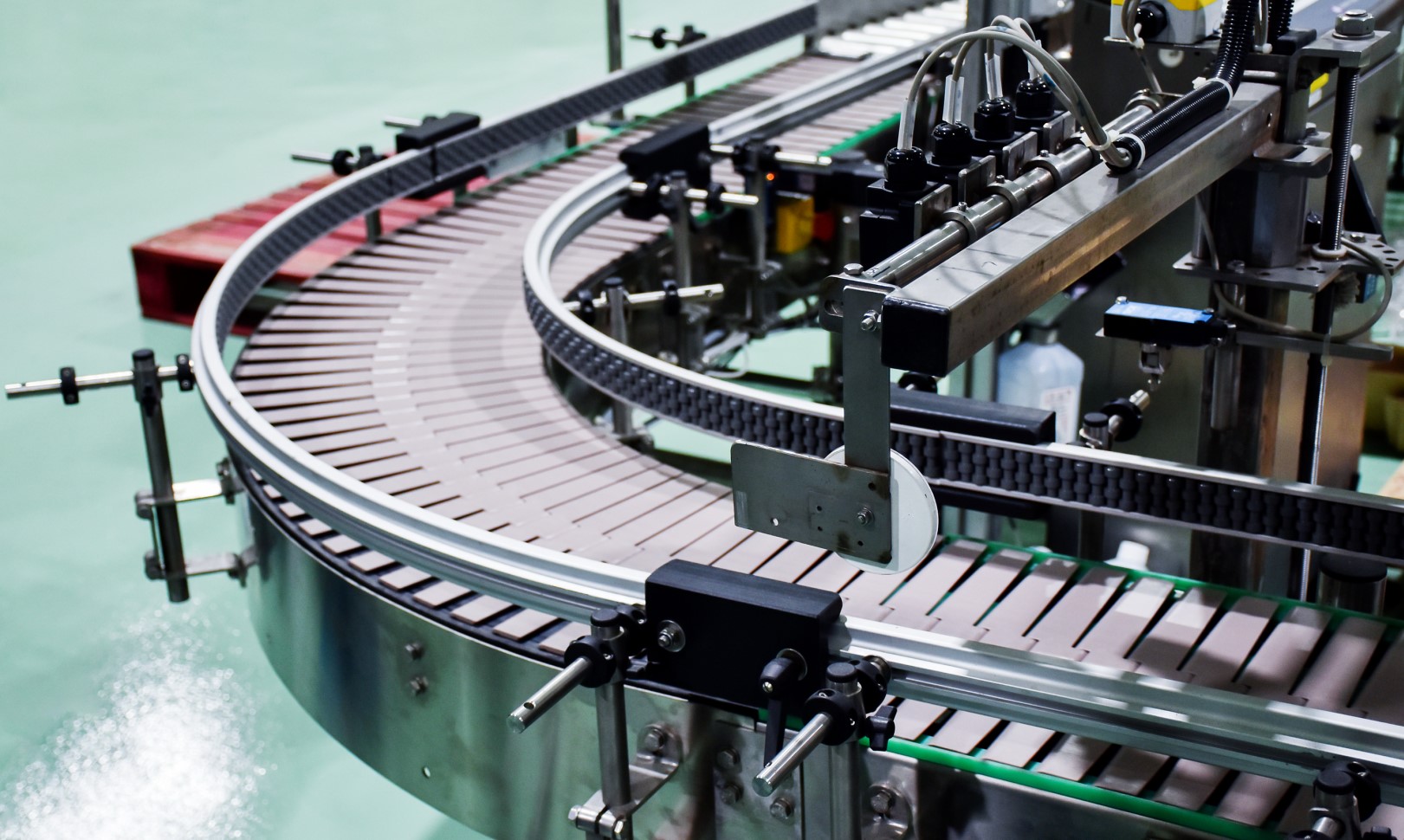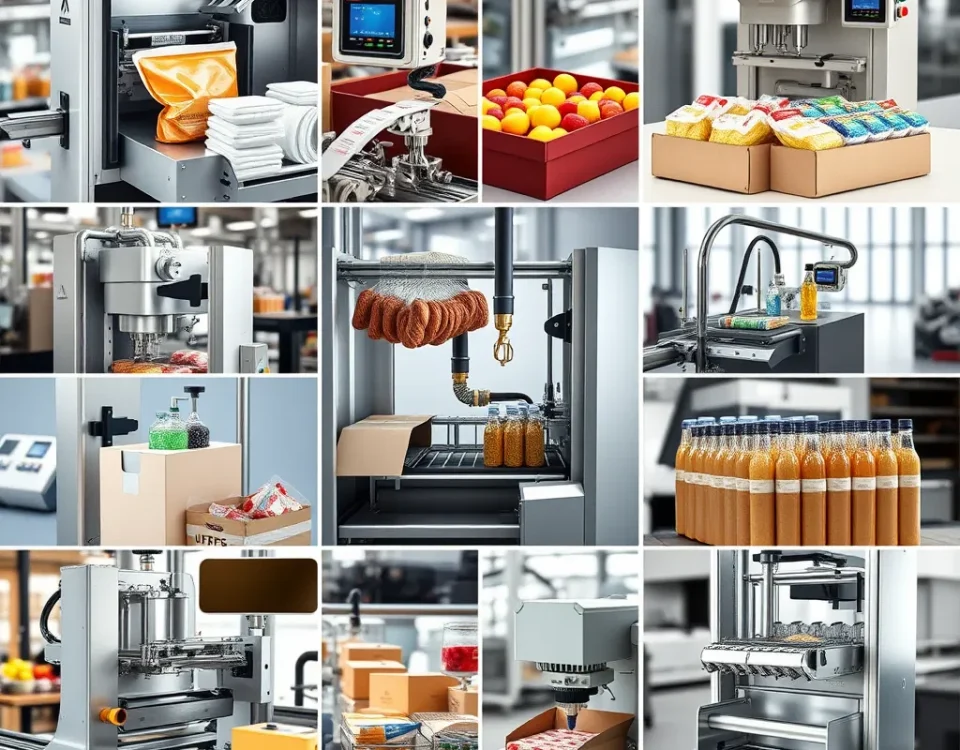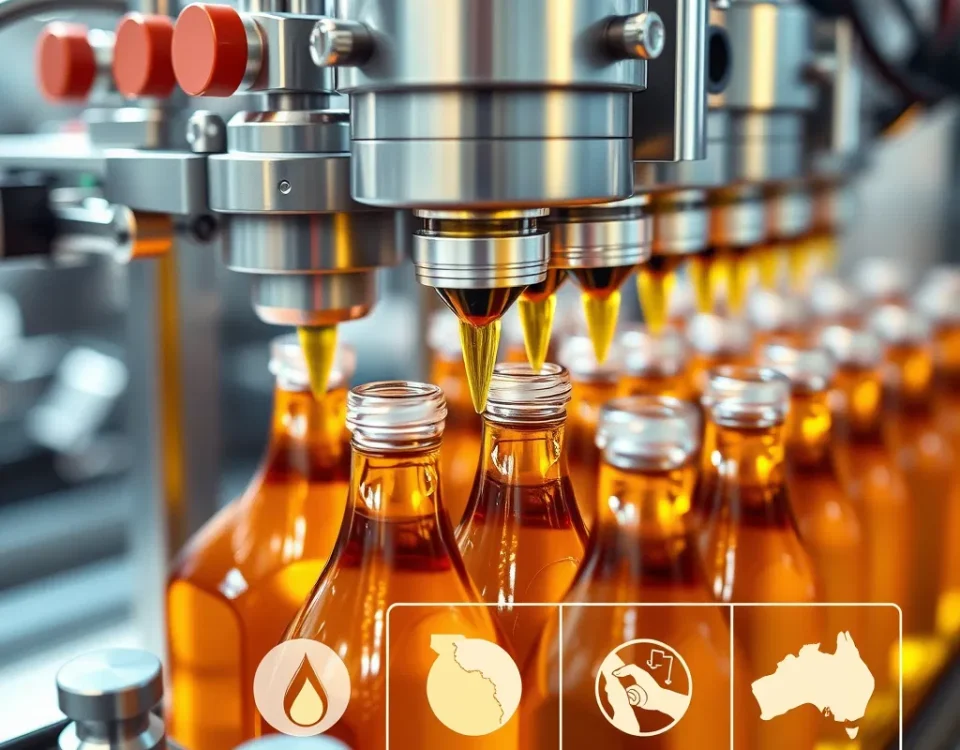
Packaging industry in Pakistan
March 15, 2023In the modern era, packing machines have become an integral part of various industries, including food, pharmaceutical, and manufacturing. These machines are designed to efficiently pack products into containers, pouches, or bags while ensuring consistency in weight, volume, and quality. The development of packing machines has revolutionized the way products are packed, making the process faster, more accurate, and less labor-intensive. In this article, we will explore the history and evolution of packing machines, the different types available, and their benefits and limitations.
History and Evolution of Packing Machines
The concept of packing machines dates back to the early 19th century when rudimentary machines were developed to pack tobacco, snuff, and coffee. These machines used mechanical or manual methods to fill and seal the containers. However, it was not until the mid-20th century that packing machines underwent a significant transformation with the introduction of electronic controls, sensors, and computerization.

In the 1950s, the first automatic filling and sealing machines were developed, which used pneumatic or hydraulic systems to fill and seal containers. These machines were mainly used for packaging liquids, such as milk, juice, and soda. In the 1960s and 1970s, the development of programmable logic controllers (PLCs) enabled packing machines to be more precise and flexible in their operations. PLCs allowed operators to program the machines to handle different sizes, shapes, and types of products, reducing the need for manual adjustments.
The 1980s saw the introduction of servo-controlled packing machines, which used electric motors to control the movement of the packaging materials. Servo motors provided greater accuracy and speed, allowing machines to handle higher volumes of products. The 1990s and 2000s witnessed the integration of computerization and networking, enabling packing machines to be remotely controlled and monitored. This development led to the emergence of smart packing machines that could self-diagnose and optimize their performance.
Types of Packing Machines
There are various types of packing machines available, each designed for specific applications and products. Some of the commonly used types are:
- Filling machines: These machines are used to fill containers with liquids or powders. They can handle different types of containers, such as bottles, cans, and pouches.
- Sealing machines: These machines are used to seal containers after they have been filled. They can use different sealing methods, such as heat sealing, induction sealing, and ultrasonic sealing.
- Wrapping machines: These machines are used to wrap products in packaging materials, such as plastic film, paper, or foil. They can be used for products such as candies, chocolates, and snacks.
- Labeling machines: These machines are used to apply labels on containers, pouches, or bags. They can be used for different types of labels, such as adhesive labels, shrink labels, and tamper-evident labels.
- Cartoning machines: These machines are used to pack products into cartons. They can handle different types of products, such as bottles, cans, and tubes.
Benefits and Limitations of Packing Machines
Packing machines offer several benefits to industries, including increased efficiency, reduced labor costs, and improved product quality. By automating the packing process, machines can pack products faster and more accurately than manual methods, reducing the time and labor required. This also reduces the risk of errors and inconsistencies, resulting in better-quality products. Additionally, packing machines can be programmed to handle different types and sizes of products, making them more versatile and flexible.
However, packing machines also have some limitations that need to be considered. One limitation is the initial cost of purchasing and installing the machines, which can be high. Additionally, packing machines require regular maintenance and calibration to ensure they are operating optimally




